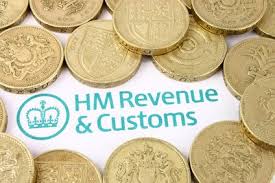Although we are now a couple of months into the new tax year it is worth having a refresher on some of the new rules and changes.
As you are probably aware the taxation of dividends has been reformed from 6th April 2016. The 10% tax credit on dividends has been abolished and has been replaced with a dividend tax allowance of £5,000, whereby the individual will pay no income tax on dividends received up to £5,000, regardless of their other income.
Dividends received in excess of £5,000 will now be taxed as follows:
7.5% for basic rate taxpayers
32.5% for higher rate taxpayers
38.1% for additional rate taxpayers
Individuals on fairly low incomes may now be brought into the self assessment regime in order to start paying over tax due, when there has been no liability in previous years.
One thing to watch out for is that HMRC have been adjusting tax codes in order to collect tax through the PAYE system. Don’t forget to check your coding notices as this can be removed. Tax on dividends received after 6th April 2016 will only fall due for payment by 31st January 2018.
If you think any of this will affect you, or you will be new to self assessment, please contact us and we can help you with registration and compliance with your tax obligations.
Also on 6th April 2016, the new personal savings allowance was introduced. This applies a 0% rate for up to £1,000 of savings income such as interest, reducing to £500 for a higher rate taxpayer, and will not be available to any individuals who fall into the additional tax rate band.
In conjunction with this, savings income earned from 6th April 2016 will be paid gross. Banks will no longer deduct tax from account interest they pay to customers.
For those of you running a payroll scheme, the annual employment allowance to set against employers NIC has been increased to £3,000, also from 6th April 2016. This excludes one Director companies who are no longer able to claim the allowance.
Those famous words are still true – tax doesn’t have to be taxing. Please get in touch if you need any help or guidance






 As our blogs have shown in
As our blogs have shown in 

 After the sale has been made you can generate different reports to spot patterns and trends eg sales over time/ average spend/ returning customers.
After the sale has been made you can generate different reports to spot patterns and trends eg sales over time/ average spend/ returning customers.